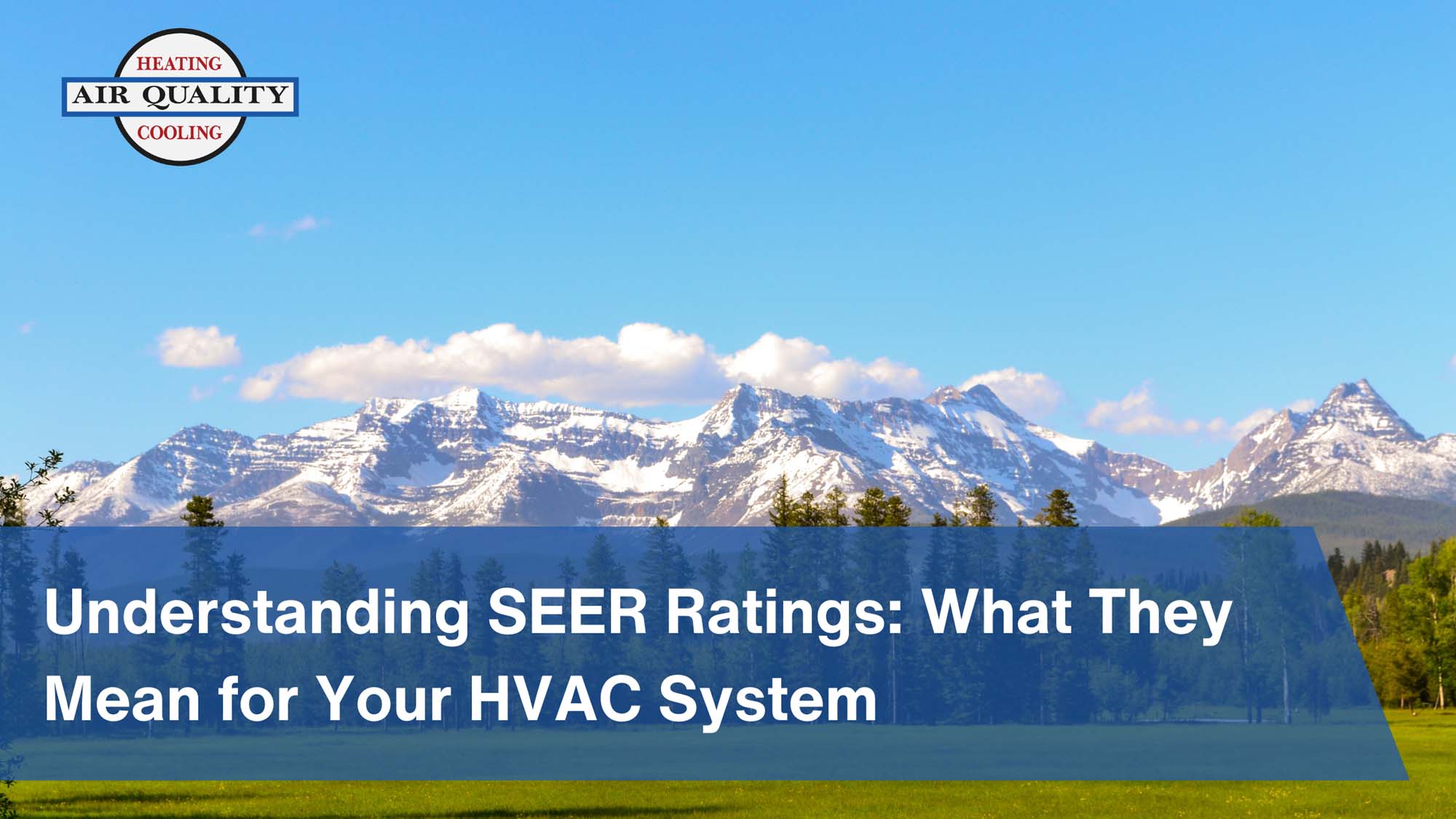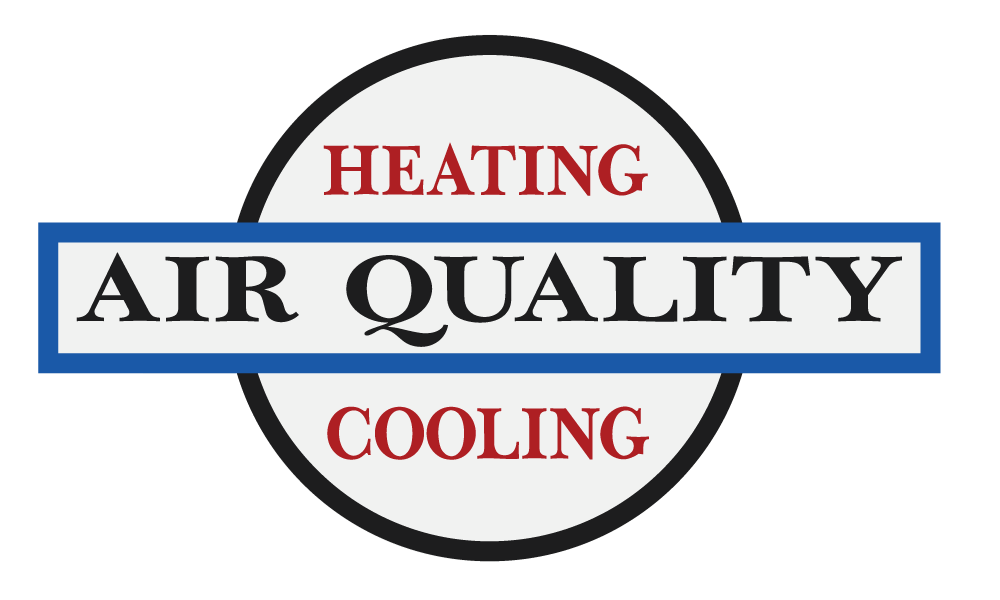
When it comes to cooling your home in Missoula’s summer heat, efficiency matters — not just for your comfort, but also for your wallet. If you’ve ever wondered what are SEER ratings, what is a good SEER rating, or what do SEER ratings mean when your HVAC technician mentions them, you’re in the right place.
At Air Quality Mechanical, we’ve been in the business long enough to know that energy bills can sneak up on you fast — especially if you’re running an older AC system. This article breaks down SEER ratings in a way that makes sense and helps you figure out if an upgrade might be the right move.
What Are SEER Ratings?
Let’s keep it simple. SEER stands for Seasonal Energy Efficiency Ratio. It’s a way to measure how efficient your air conditioner is throughout the cooling season.
The higher the SEER rating, the more efficiently your unit cools your home — and the less it costs you to run it.
Think of it like fuel economy for your car. A car that gets 30 miles per gallon is going to cost a lot less to drive than one that gets 15. Same goes for your AC — higher SEER = lower energy use.
What Is a Good SEER Rating?
The industry standard has shifted over the years. A decade or two ago, a 10 SEER unit was normal. Today, the minimum rating is 13 SEER, but newer systems can go up to 20 SEER or more.
Here’s what that means in real-world terms:
-
Upgrading from a 10 SEER to a 16 SEER system? That’s about 37% savings on your cooling costs.
-
Jumping from a 10 to a 20 SEER? You’re looking at 50% savings.
So if you’re spending $200/month cooling your home in July, that could drop to $100 with a more efficient system. Over the years, those savings really add up — your system essentially pays for itself.
More Than Just Efficiency: Comfort & Noise
It’s not all about the energy bill. Higher-SEER systems come with comfort perks, too.
Many of them use inverter technology — something we’ll cover in more detail another day — but for now, just know this: it helps your system run more smoothly, more quietly, and at more consistent temperatures. No more rollercoaster temps. Just steady, cool comfort throughout your home.
Also? These newer systems are way quieter. If you’ve ever had your lights dim when the AC kicks on, or if your current unit sounds like a jet engine firing up, you know what I mean.
The new systems don’t do that. They draw less power, kick on gently, and run quieter. You might not even notice they’re on — which is kind of the point, right?
When to Consider Upgrading
Here’s a quick checklist to see if you should think about replacing your old AC:
-
Your current system is 10+ years old
-
Your energy bills keep climbing
-
The system struggles to keep up on hot days
-
Your home has uneven cooling or hot spots
-
It’s loud or causes your lights to flicker when it starts
If any of that sounds familiar, it might be time to talk to someone about a replacement. And hey — that doesn’t mean you need to go for the fanciest system out there. It just means finding the right SEER rating for your comfort, your climate, and your budget.
Final Thoughts: SEER Ratings Matter
Upgrading your AC system is a big decision, but when you understand what SEER ratings actually mean, it becomes a little easier to see the value. You’ll save money month-to-month, get better comfort all summer long, and enjoy a quieter, more reliable system.
We’re always here to help if you’re thinking about making the switch. At Air Quality Mechanical, we treat your home like it’s our own. No pushy sales talk — just honest advice from folks who’ve been in the HVAC game for decades.
So if you're ready to stay cool and stay efficient, give us a call. We'll help you find the right system with the right SEER rating — and make sure you're taken care of from day one.
